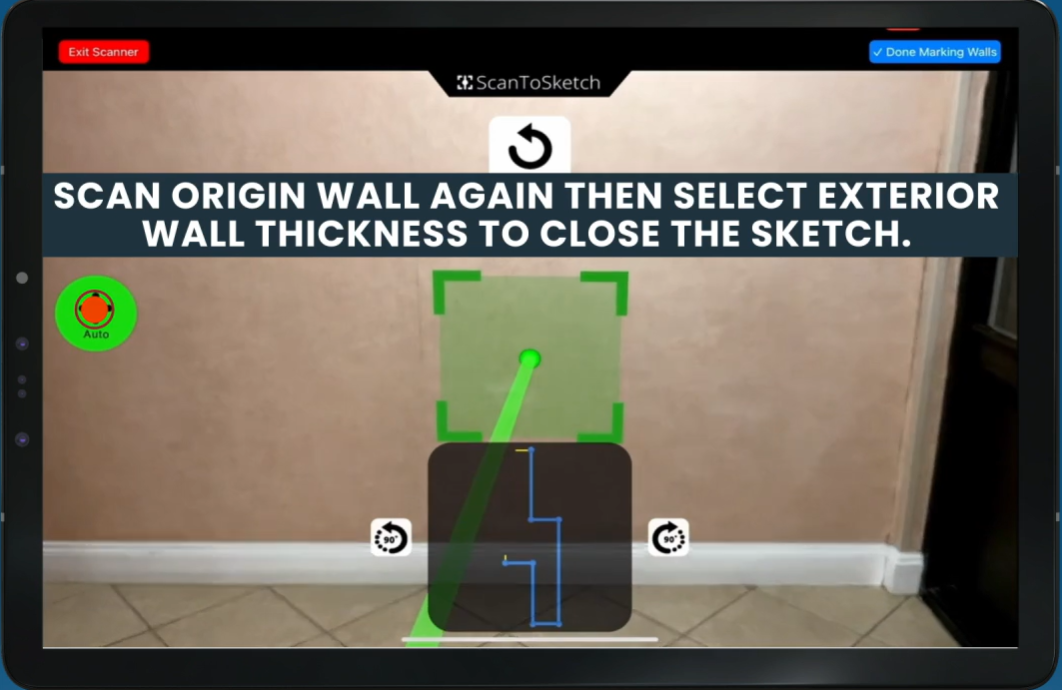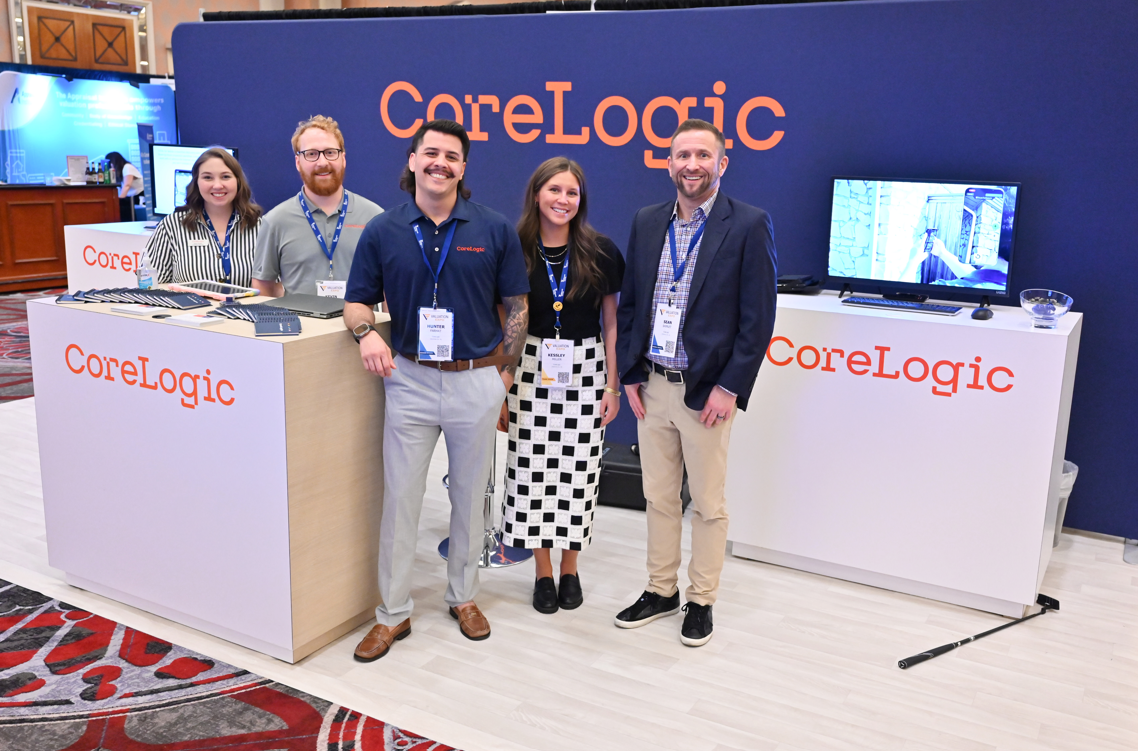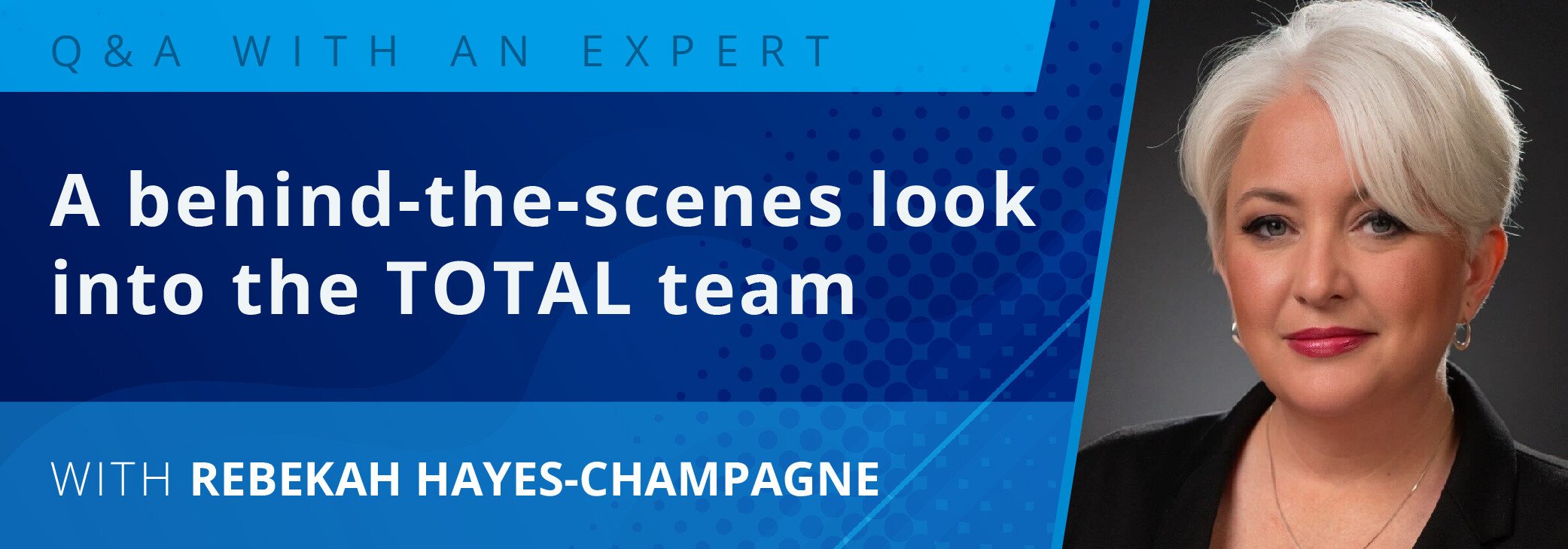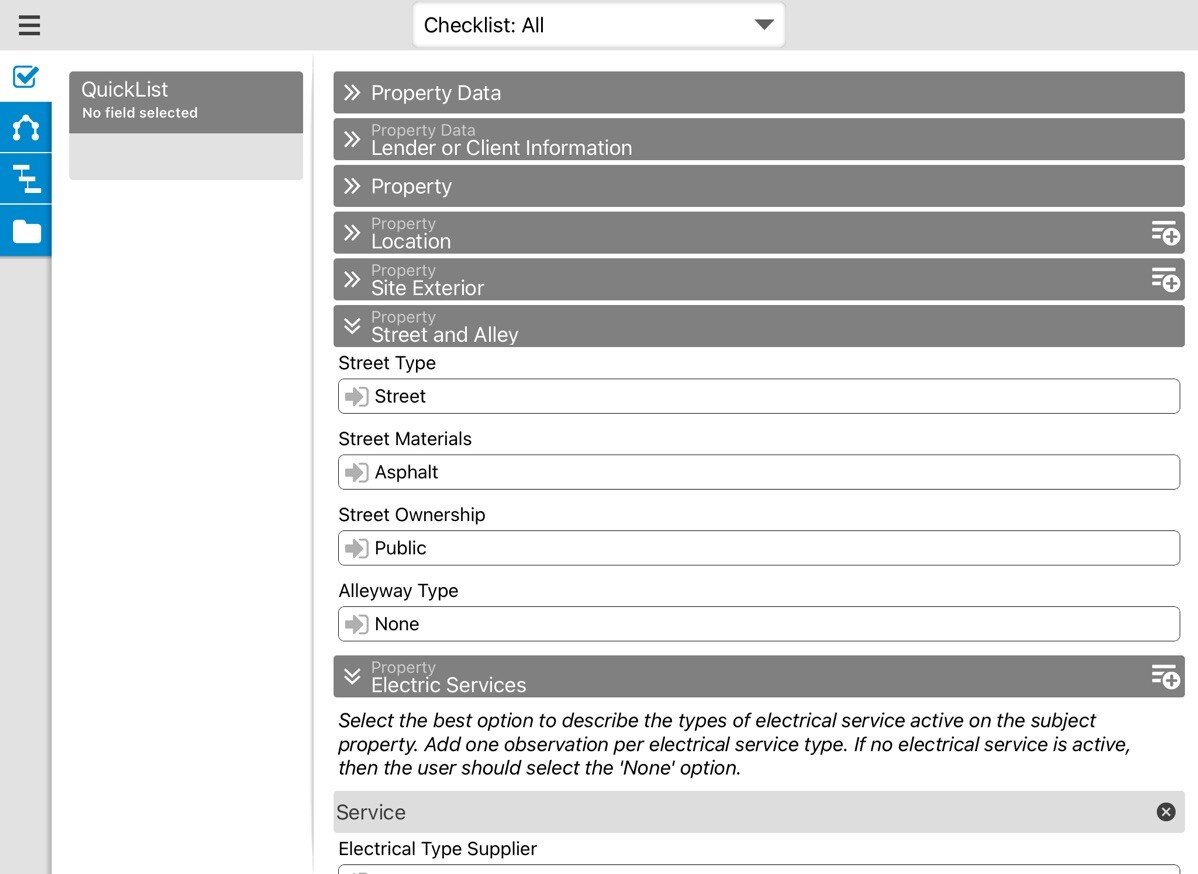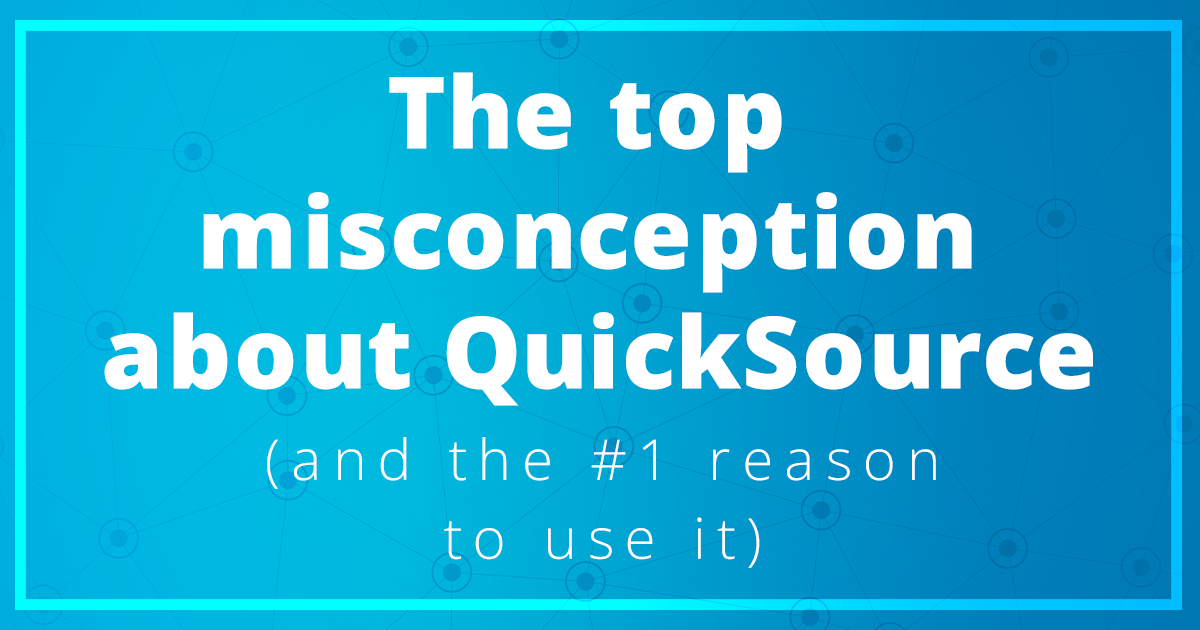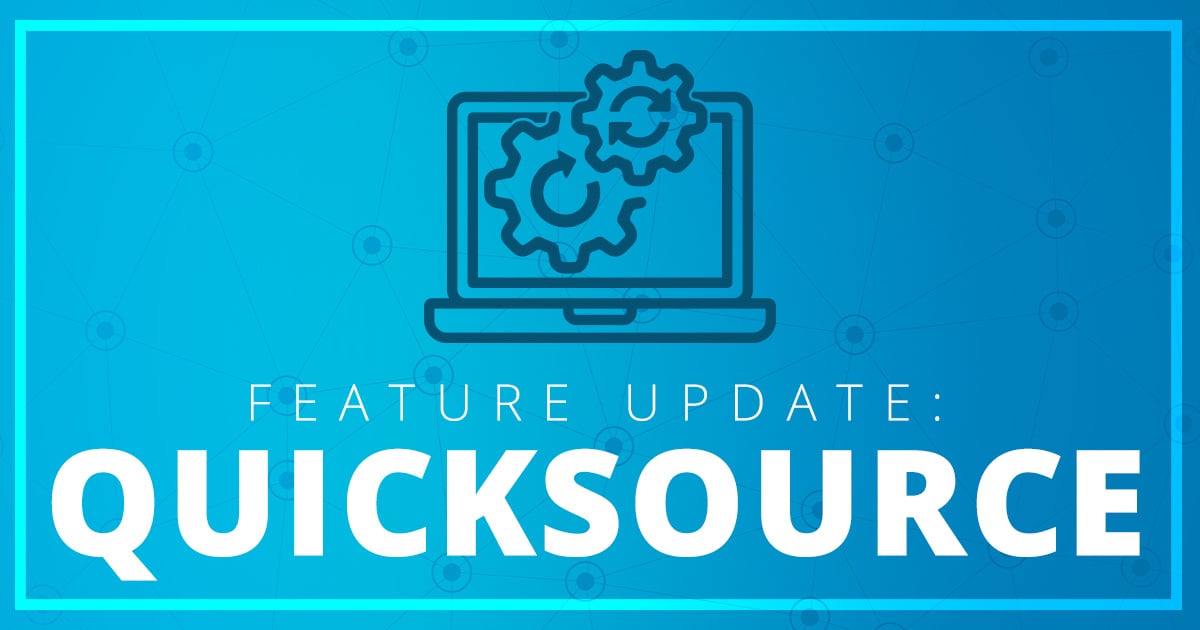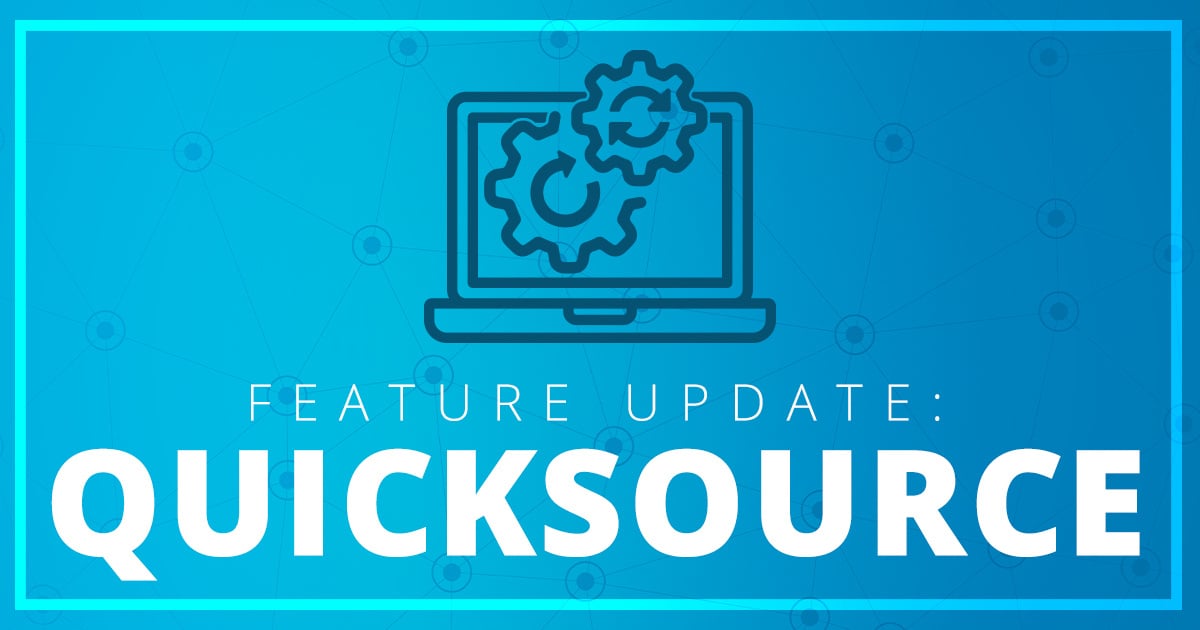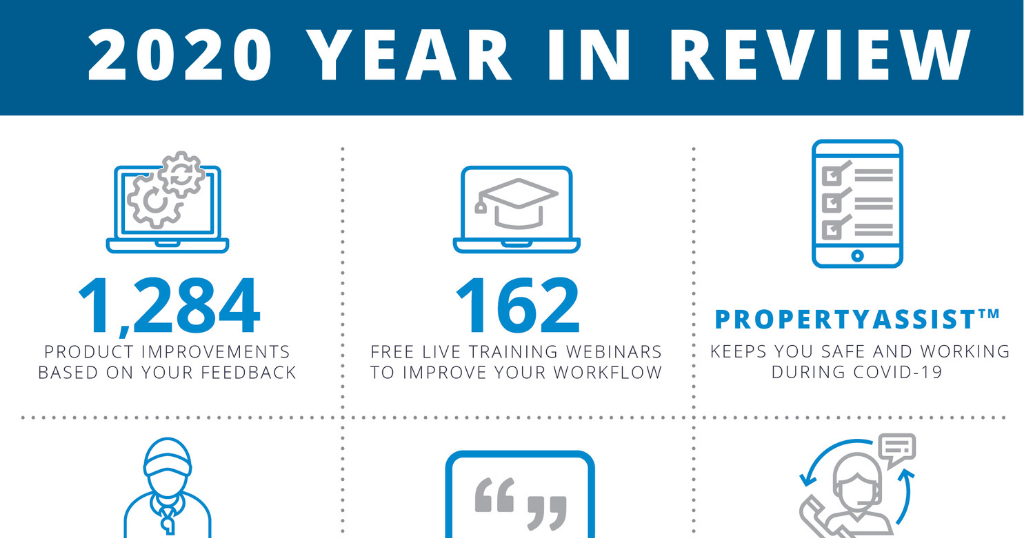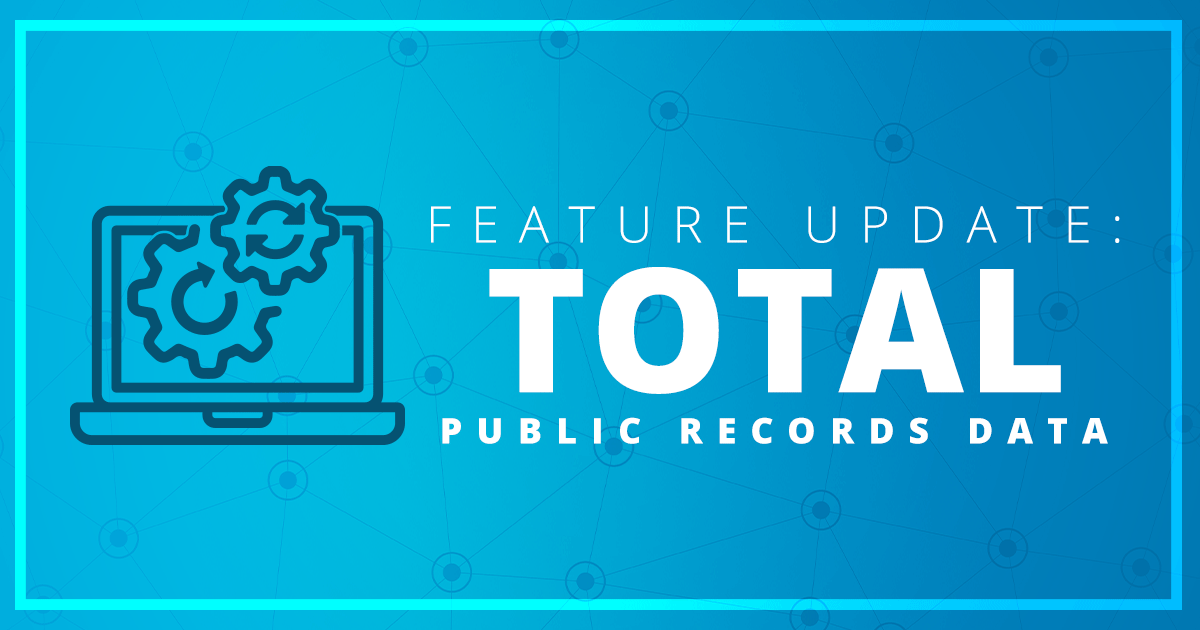Appraisers have asked us why we're not included in The Appraisal Foundation's new software program. (Click here for the announcement.) Here's our response from our Chairman, Dave Biggers:
After seeing the details of the Appraisal Foundation proposal, we actively and unequivocally chose not to participate. Unfortunately, we weren’t allowed to even see the details until we signed a non-disclosure agreement, which even forbid us from telling you that the AF proposal even existed. Now that the AF has gone public, we can at least confirm that their initiative exists, and that we opted out for good reason.
However, that non-disclosure agreement still prevents us from telling you about the many details in the AF’s proposal which caused us to choose not to even take the first steps of participation — and we strongly believe that the devil is always in the details.
If you’ll recall, another pseudo-governmental program — a little thing called HVCC — was hailed by many appraisers initially (and certainly by the committees and lawyers who created it), but then roundly criticized when the details became clear. The HVCC was a disaster largely because it was the wrong solution to a real problem, and the details had the opposite of the intended effect.
On a more specific level, we don’t believe that there’s a single successful example of a government-sponsored software project. In fact, recent history is littered with great examples of absolutely the opposite — abject failures are the norm when the government tries to design the details of modern software and websites.
It’s one thing for government to support open standards, but completely another when they effectively enter the software business with the design of dialogs, data entry fields, verbiage, workflow, and more. Committees in Washington simply aren’t very good software designers, as they’ve proven time and again. (Obamacare website? Billion-dollar immigration website that still doesn’t work?)
If the situation changes, we might consider joining in the AF’s initiative. But for now, we believe there are very few benefits but many downsides to doing so — which, as we said, we’re not allowed to tell you.
We believe that appraisers have had enough meddling in exactly what workflow they want to follow in their daily forms data entry (UAD, anyone?), and that they will not willingly pay for development of features which impede their ability to get reports rapidly out the door.
As evidence of this, we can say unequivocally that even though we talk to thousands of appraisers every day, we’ve never had appraisers ask for what the AF’s proposal demands. We seriously doubt most appraisers wish that there was a USPAP-centric overlord dominating their interaction with their software. Most appraisers seem to believe they understand USPAP sufficiently to do their jobs in full compliance, and what they really seem to want is for their software vendors to focus on making their daily tasks faster, more efficient, more connected, and more logical. We don’t believe the AF’s proposed methods meet those criteria.


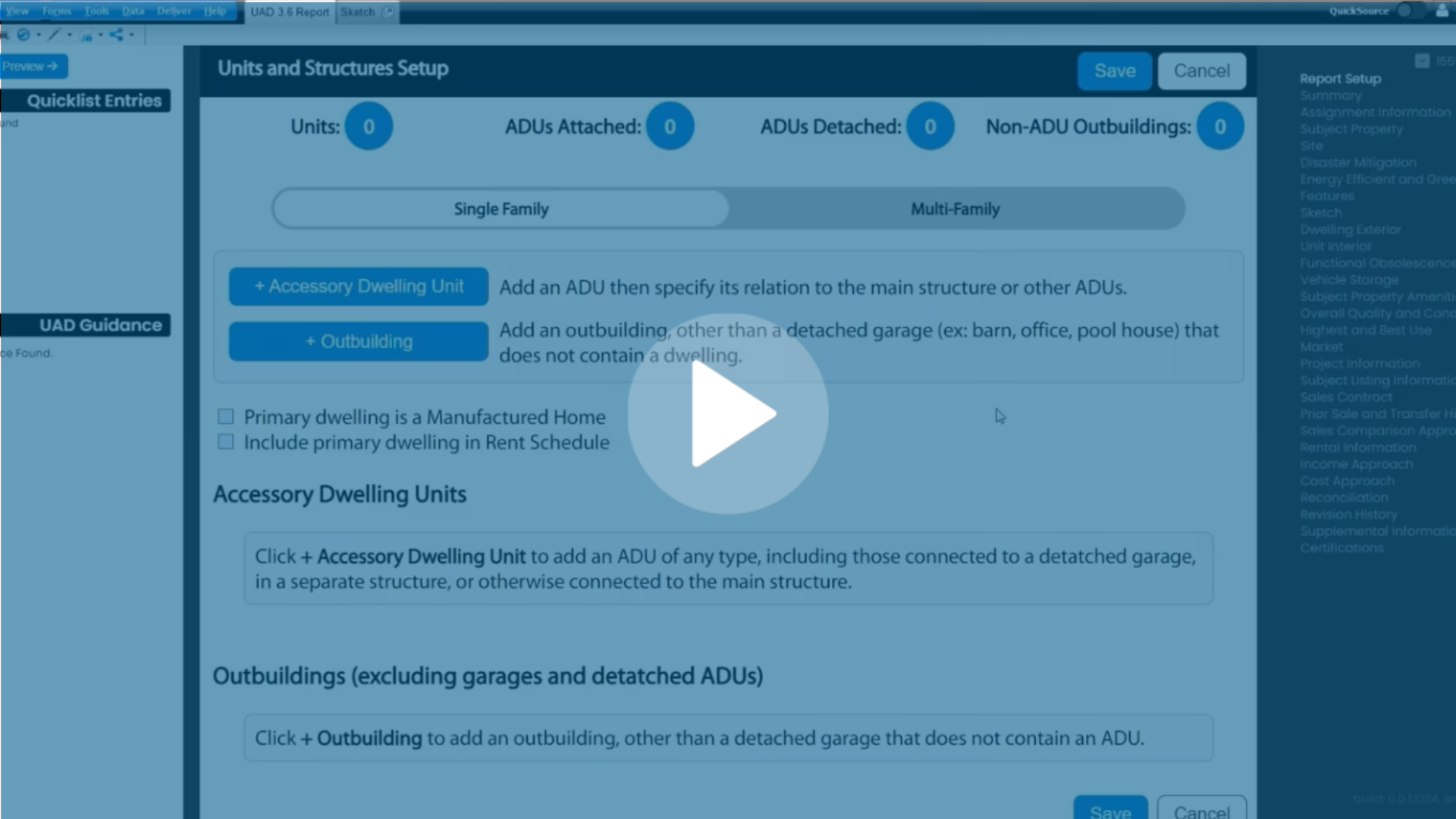
.png)
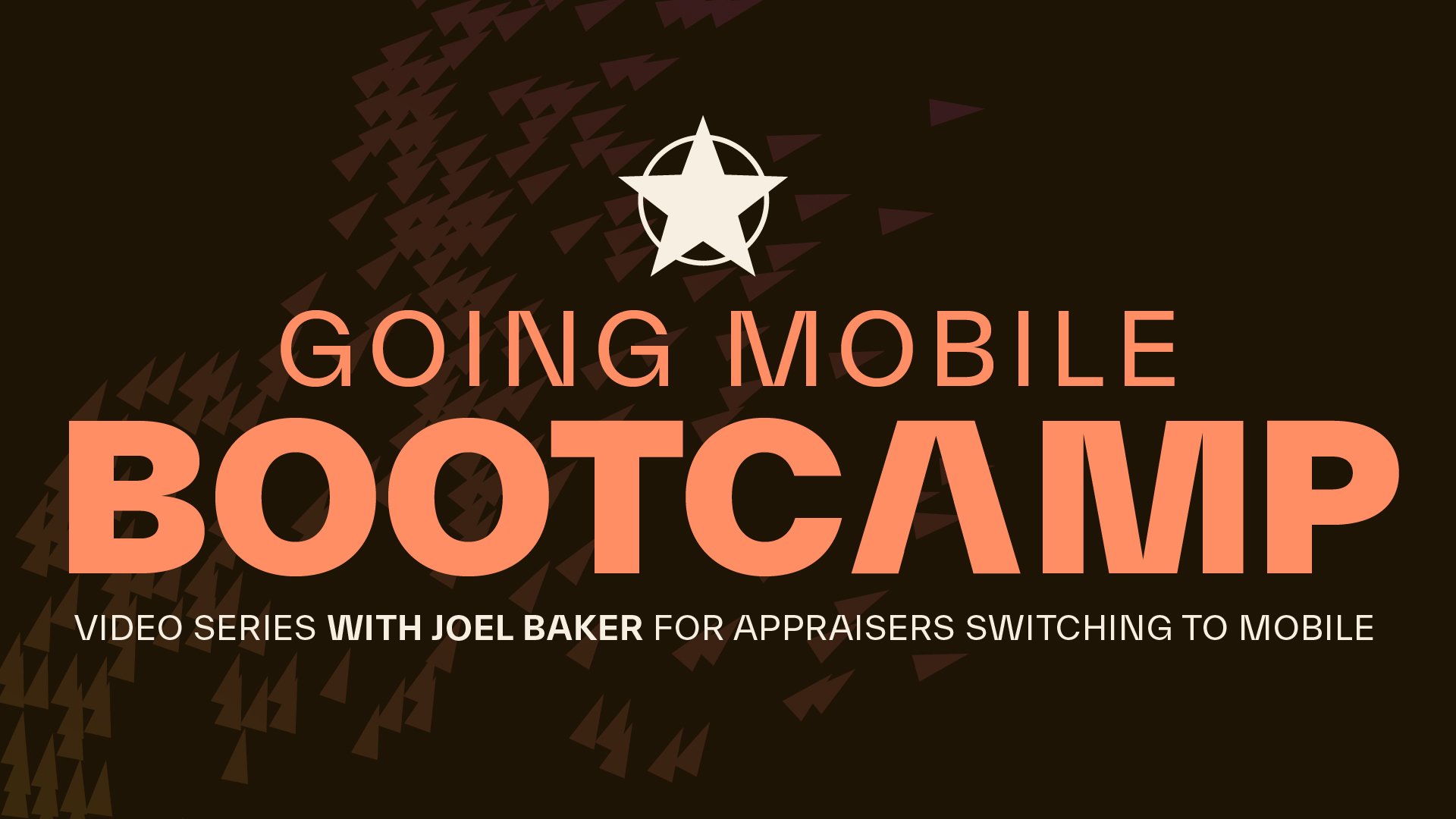
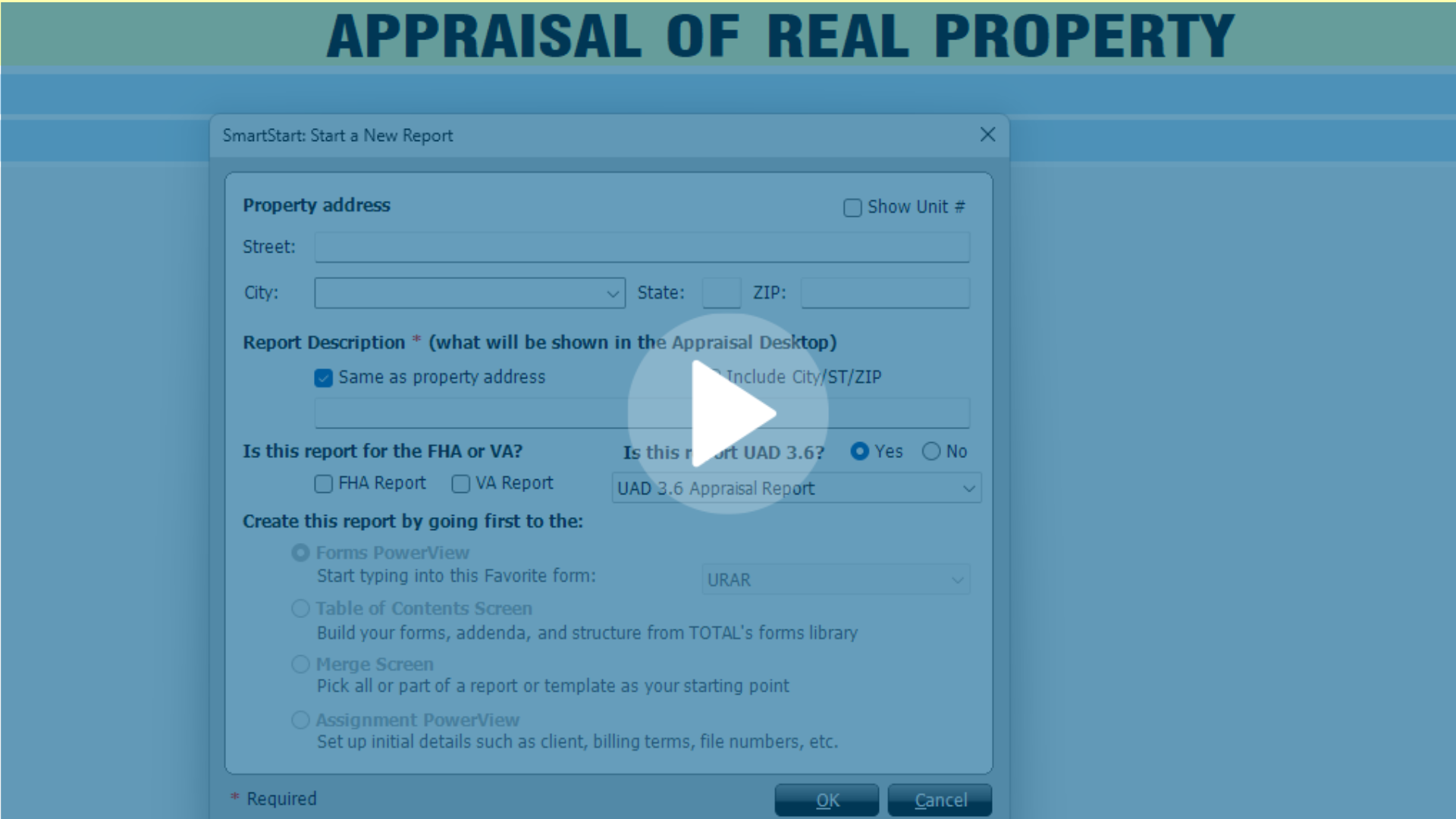
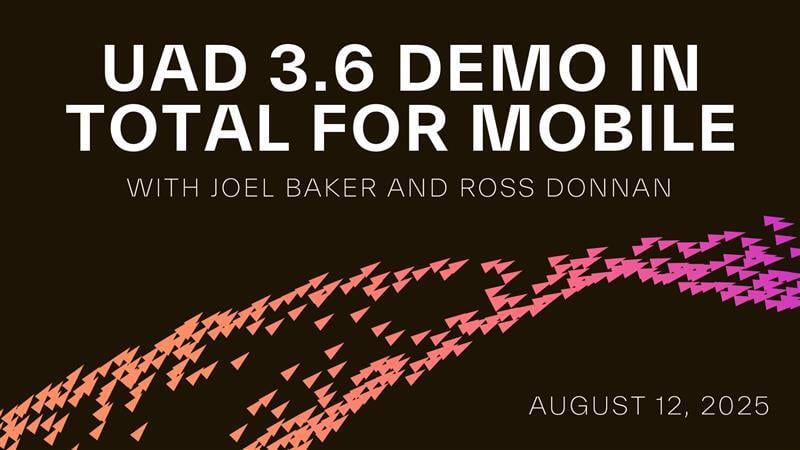
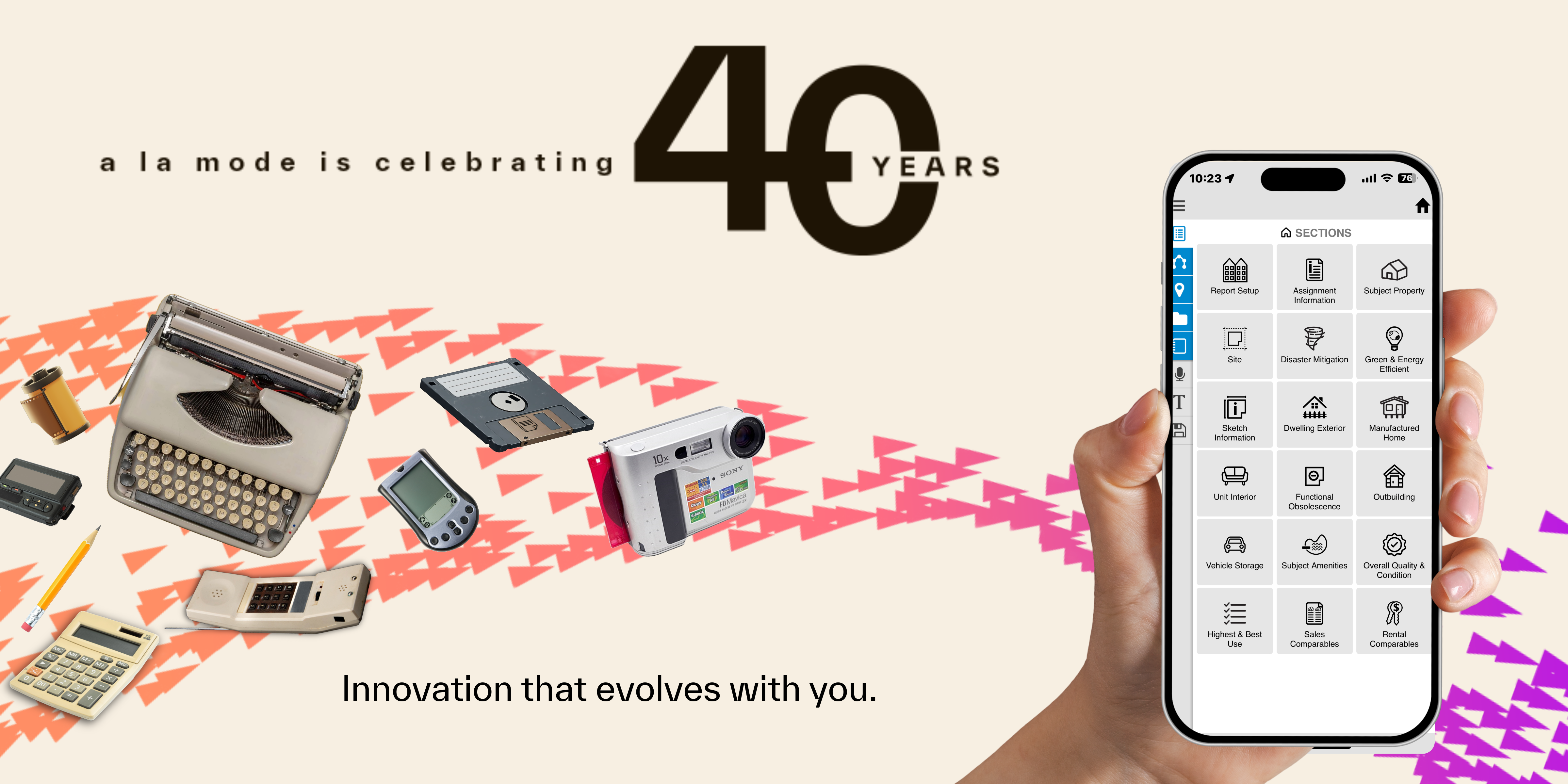
.png)
-1.png)
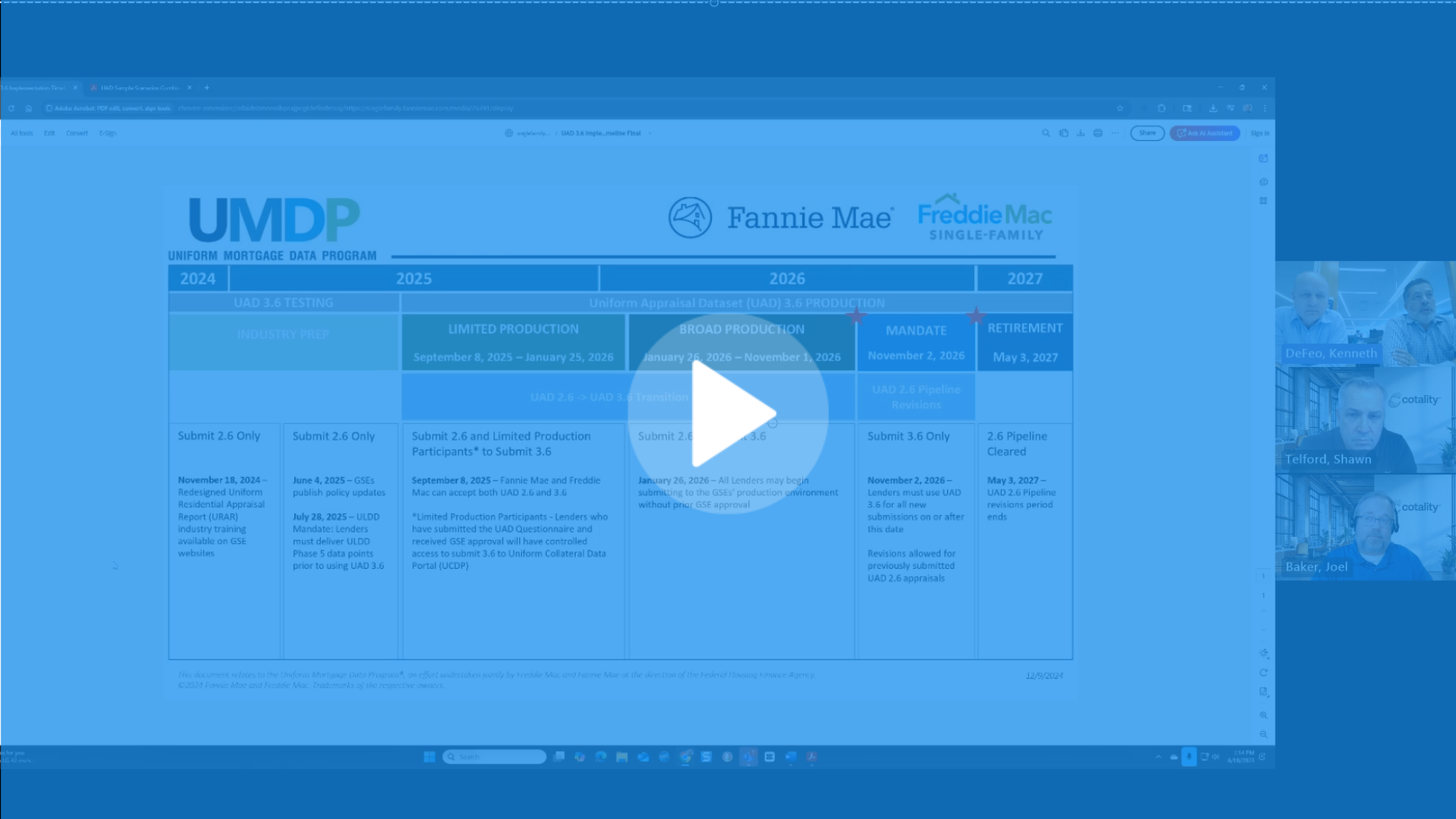
.png)
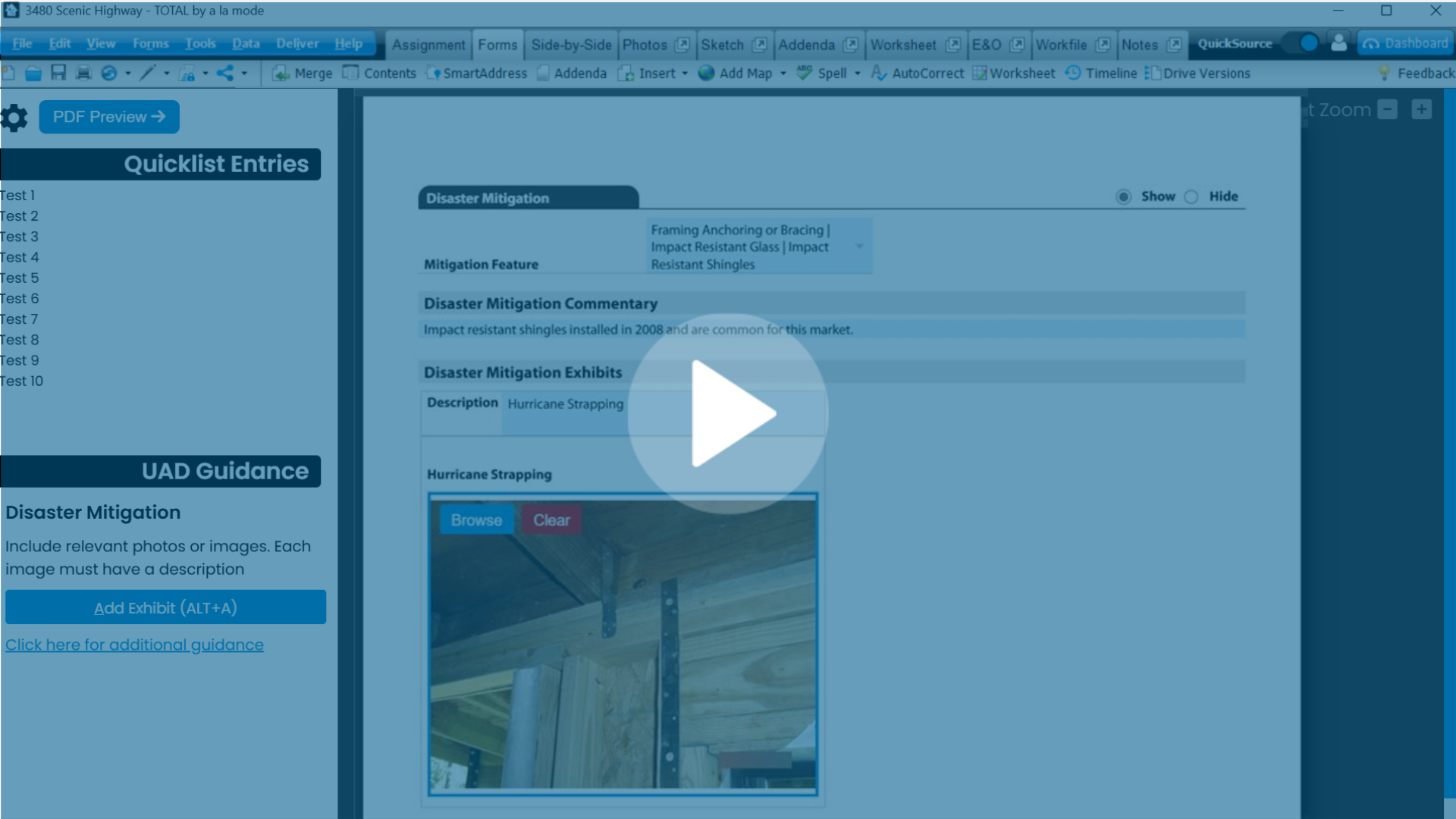
.png)
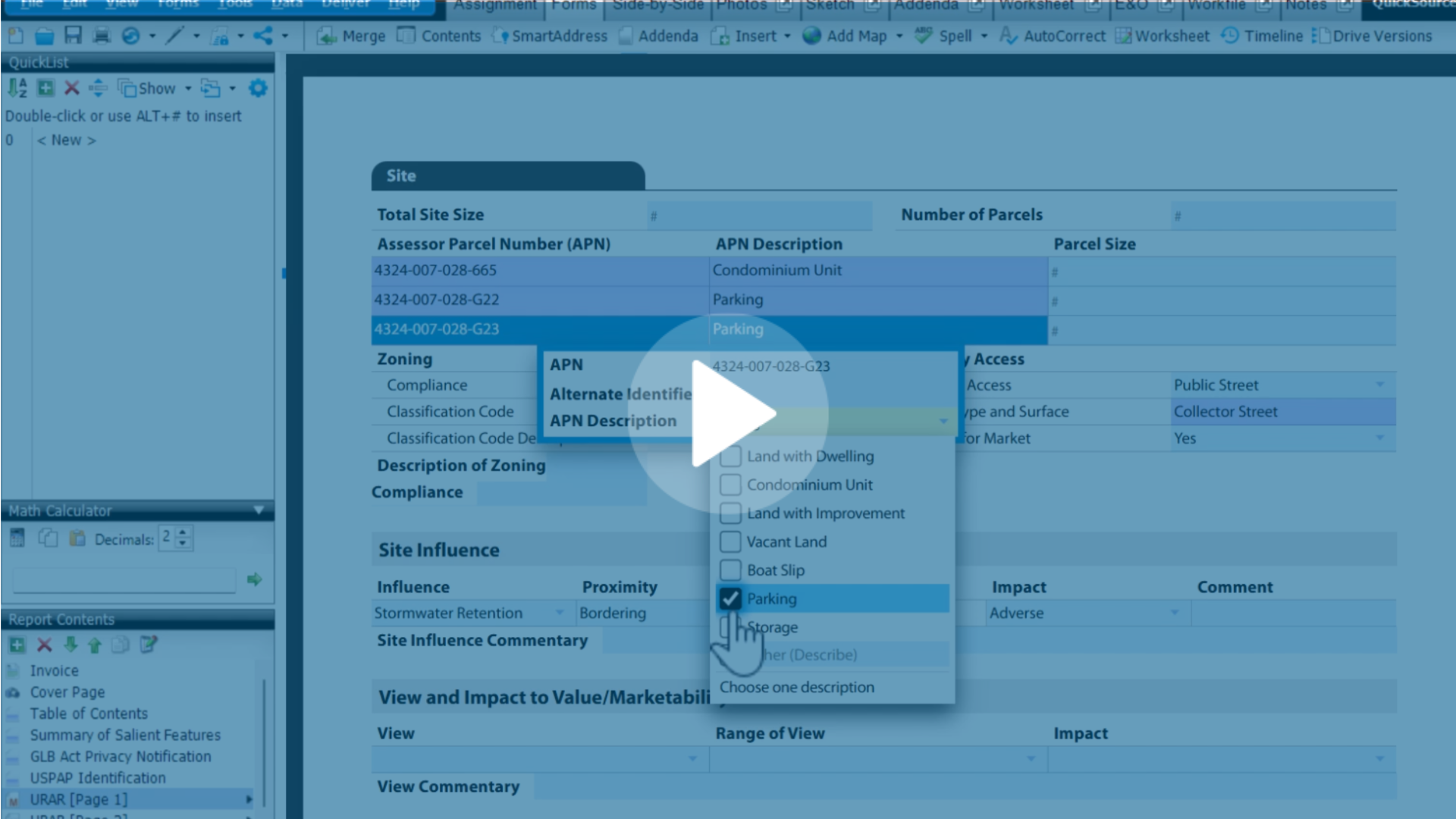
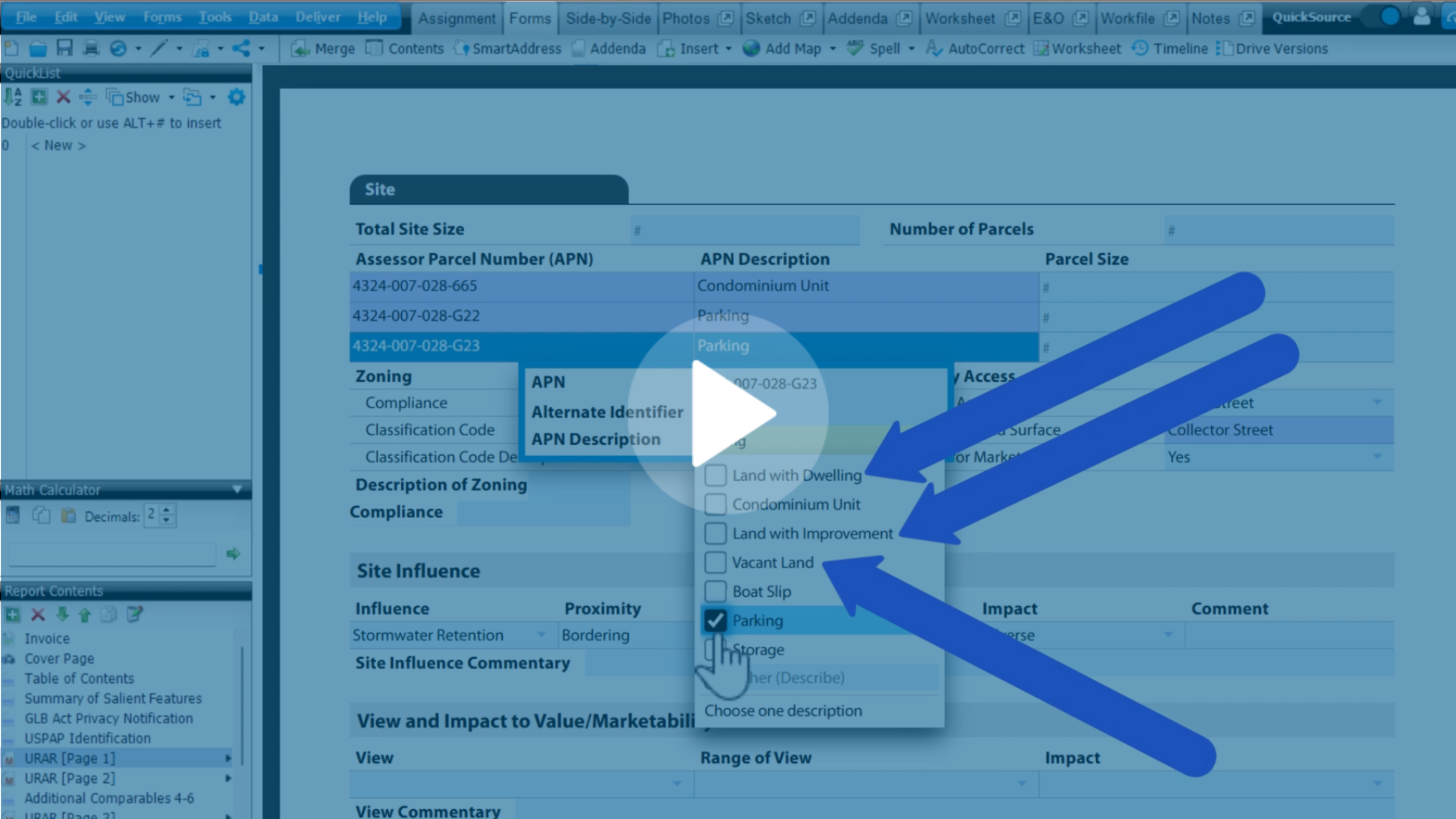
.png)
.png)
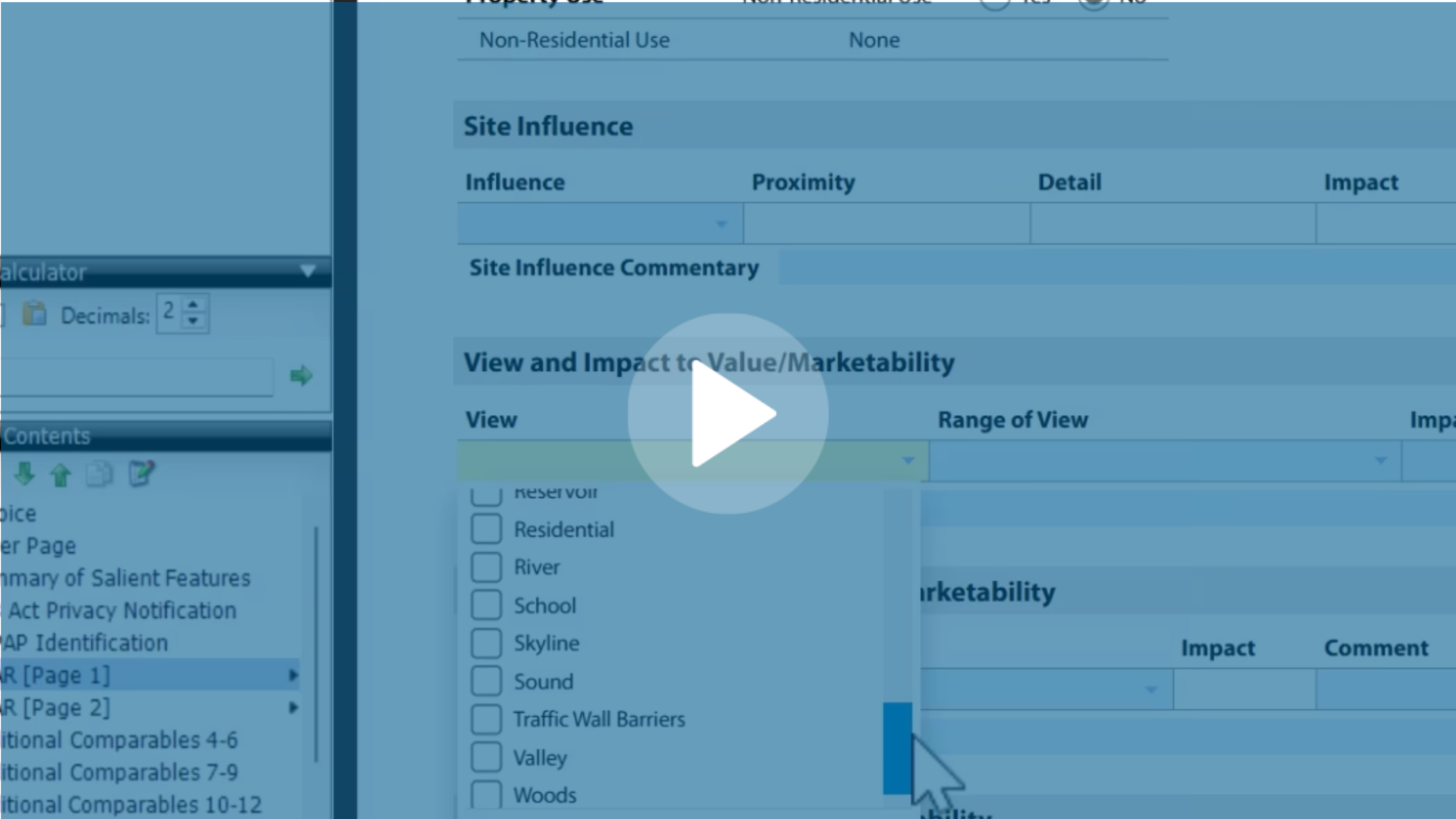
.jpg)
.png)
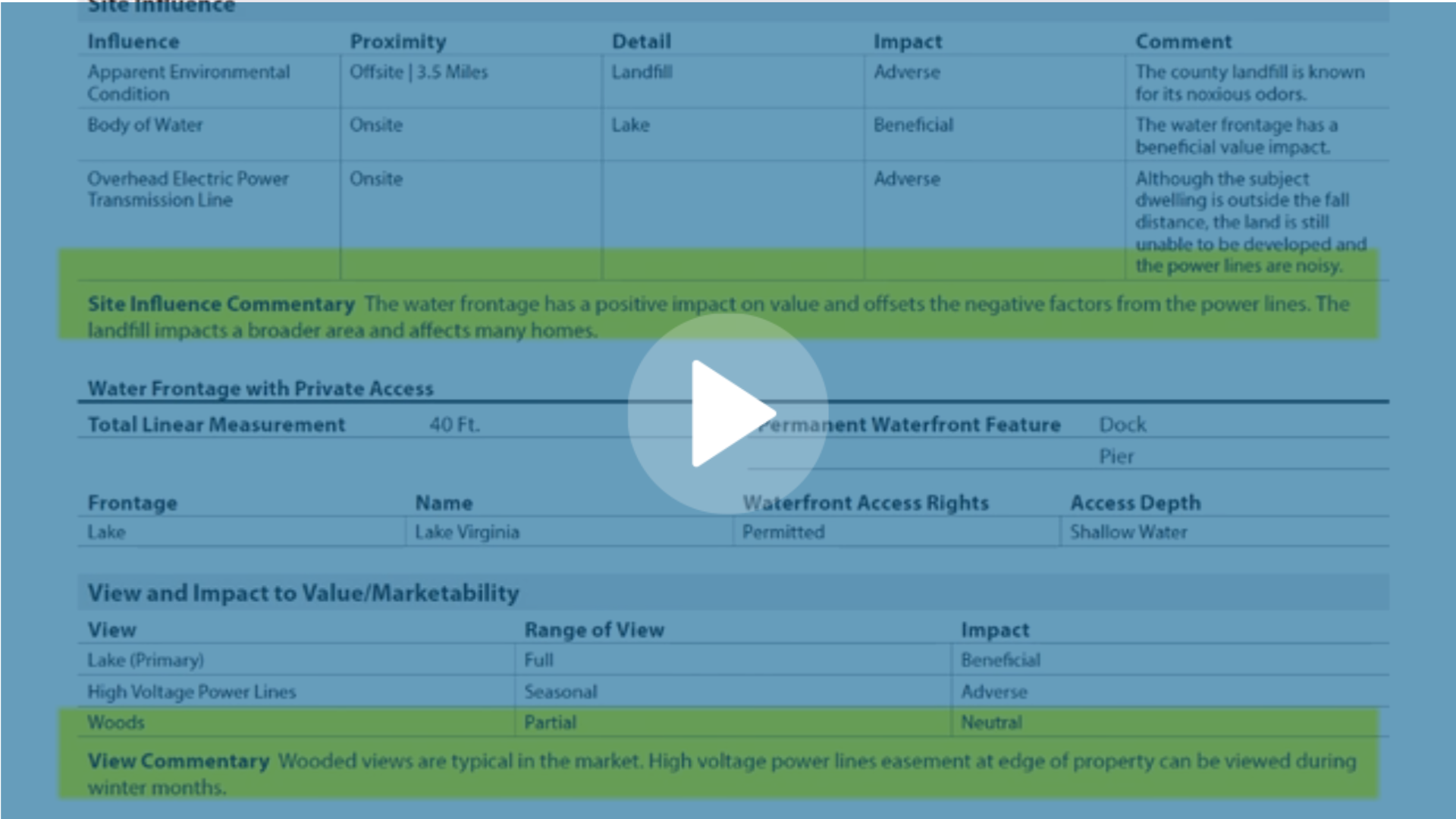
-1.png)



